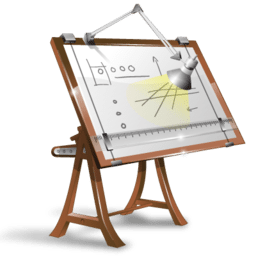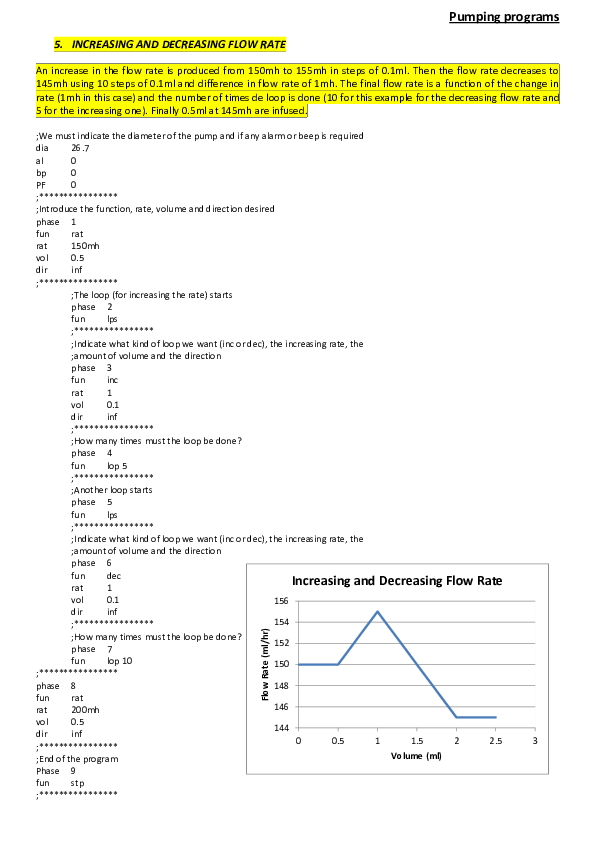
drawing board
Before you can start programming your pump, you need to understand the flow you require in detail.
For a simple single rate and volume flow you hardly need to spend much time on this. But for wave form flows or flows involving interaction with the real world (triggers) you really need to map the flows you require.
This is tough to write because a really simple flow seems so obvious why bother with these steps? Yet simple flows often seem to evolve as experimental results provide new inputs.
Sketch your flows – it really helps
- Create a time line of your fluid flow requirements from your application or apparatus view point.
- If you have more than one fluid involved – show them individually preferable in separate colors.
- Name any flows and the pumps – these names might be the same – but refering to pump 1 and pump 2 gets confusing.
- Show what triggers changes in your flow – are these external events? Elapsed time? A measured value?
- Document – write some words about each flow, estimating volumes and rates.
- Now add significant pump commands to your diagram. Especially the rates and flows and triggers.
- Give each graph/protocol a unique name – will help us identify what we are talking about and associated files.
- Name the different phases for each indicated flow – include the pump name.
- Indicate a start and ending flow rate, and a duration for any ramps. example Starting flow rate 10ml/h ramping up to 68ml/h in 27 seconds
- Indicate the steady flow rate for all fixed flow rate periods.
- These drawings – don’t need to be in scale – but do need all the above information for each graph.
This little bit of planning will really help you to understand your pump requirements. This lets you translate those requirements into pump commands.
Each pump will need it’s own program and for multiple pump control I recommend using a pump recipie. You cannot usually use a multi syringe pump for this.

Increasing and Decreasing Flow Rate example
More than one Protocol – Combine?
If you have a number of protocols to run and there is time between those protocols, I recommend using a mulitpump recipe for each protocol.
I am asked why not put all my protocols in a single pump program and combine those single programs in a multipump recipie. You can -if the individual pump protocols only take a few lines of pump program. But in many of these complex multipump protocols the pump programs tend to get complex and reach the pump program limitations.
Example Paper Automated Perifusion System
